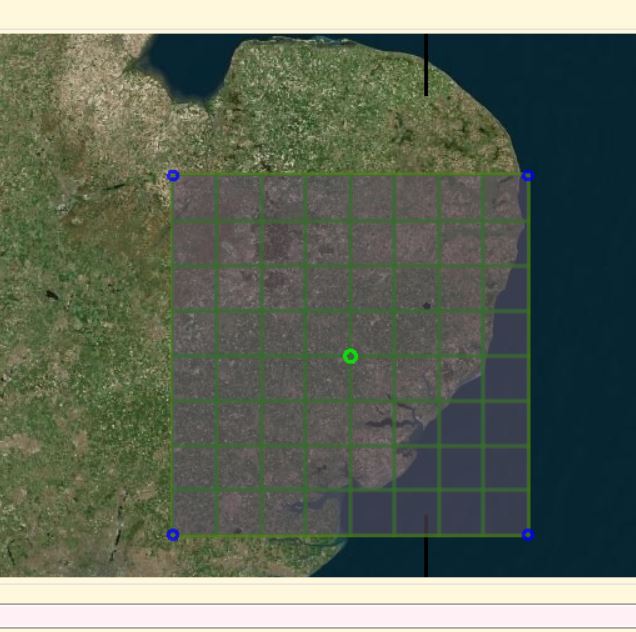Here is what I am thinking in terms of pared down rules, please let me know what the community thinks:
Start date is Friday April 5th, end date goal is May 17th. Just like the Xmas flight, if you’re late, shine on you crazy diamond
Experiential class - Anything you have in a sim is good to go (if you want to fly an SR-71, or do an orbital insertion, go for it).
Air Race class - pre WW2, encompassing any AC built and launched prior to 1939
Rules pertaining to both classes:
Launching from RAF Mildenhall, you must land at each checkpoint (airport, or rough field landing is up to the individual flyer), with the ending point being Melbourne Australia. Any intermediate stops are solely at the discretion of the pilot. Route selection besides reaching the listed major checkpoints is entirely up to the pilot.
Checkpoints:
RAF Mildenhall (EGUN) - Start
Baghdad
Allahabad
Singapore
Darwin
Charleville
Melbourne - Finish
Time acceleration is allowed, and any acceleration setting desired my be used.
Timing
Pilots will be responsible for tracking their own time and mileage. They should post a running total of both with their reports, though this can be amalgamated if several legs are flown and reported in one post.
Reporting
Pilots should, in their best 1930’s news writer impression, report their travels along the race route.
Unless you’re flying in the Air Race class, that’s it for the rules.
Air Race class:
All pilots should compete in the Spirit of Fair Play (SoFP), taking no action that would intentionally garner them an unfair competitive advantage over their rivals.
Planes may be changed at any time so long as it is eligible for the Air Race class.
Navigation:
As we are somewhat simulating a 1930’s airspace environment, GPS, SatNav, Radar Nav, etc didn’t exist. Pilots are PROHIBITED (with the emergency section listed below) from using any map, gauge, etc that displays their position without requiring manual calculation by the user except as listed below for Radio Navigation. For example the default FSX GPS gauge and flight tracking map are a no go. Using a Sextant gauge, taking a star shot, plotting it on google maps, etc. is totally good. Addon GPS or nav systems, inertial, doppler, etc, are prohibited as well. In short in the SoFP if something is automatically doing navigation for you, it’s prohibited. Remember we’re trying to capture the spirit of the 1930’s when even accurate paper maps could be a rarity. Getting lost is half the fun!
Radio Navigation was a thing back then, but to be honest, I’m am not terribly familiar with what was available back then. Early RF options basically could fix and locate radio signals similar to an NBD, including local AM stations. For our purposes the closest capability we have to that is NBD’s. NBD’s may be used for navigation purposes, provided this does not run afoul of the preceding paragraph.
Emergency Navigation Assistance: We are all probably going to get lost (well I am at least). To simulate the real world capability to land and simply ask “Where the heck am I?!” safely landing your craft will allow for the use of a real time/exact location system (default FSX map or GPS for instance).
Autopilot
Any pre-WW2 craft that was equipped with some manner of “autopilot” may use it during any portion of flight, provide it behaves in a reasonably similar fashion as it did historically.
Weather
Real world weather should be used at all times, except if in True Explorer Spirit™ the pilot elects to have more difficult weather. If real world weather is not available for that area, default seasonal weather (if your sim has that) is allowed, or if that is not available, cloudy (but VFR) weather as determined to be in the SoFP by the pilot will be used.
ATC
ATC will not be used in a manner so as to gain an unfair advantage. So no IFR flight plan, where you don’t have to do any navigation, etc.


















